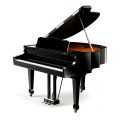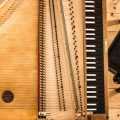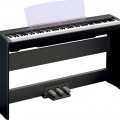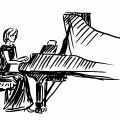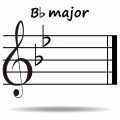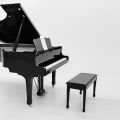Music hasn’t been the same since the piano’s invention all the way back in 1700. The piano, which was first named the “fortepiano,” meaning “loud soft” in Italian, permanently changed the course of music because there had never been an instrument that could combine power, range, and dynamic sounds so well before. The piano gave composers and performers unprecedented access to an instrument that could be played both fiercely loud and devastatingly soft with a simple and easy-to-use system of foot pedals.
Entire genres of music have been built around the piano, and in 2017, the piano is one of the world’s most popular instruments. Pianos also serve as an excellent teaching tool when it comes to basic music theory concepts. But while many people know how to play the piano, few can answer “how does a piano work?” To find that out, we have to go back to the piano’s invention in 1700.
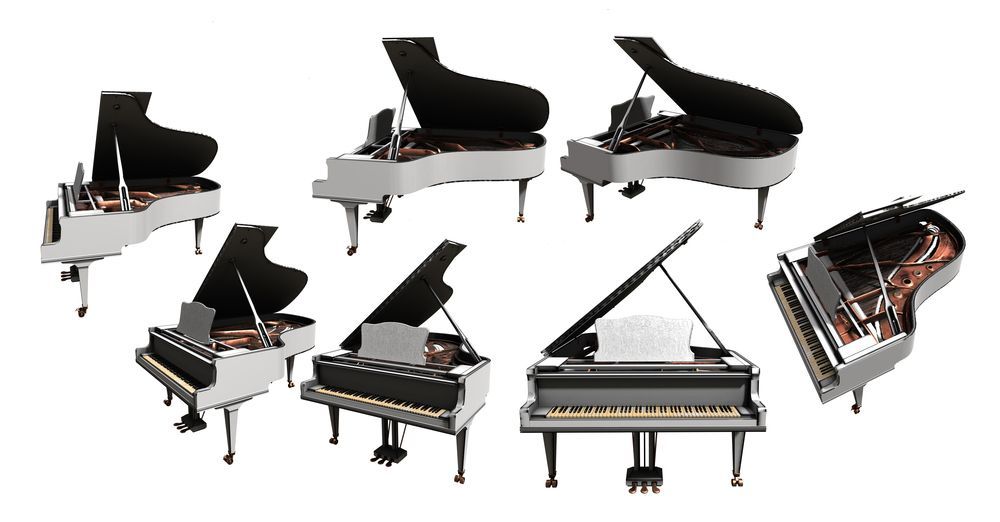
How The Piano Was Invented
An Italian instrument-maker named Cristofori was responsible for creating the world’s first piano. The first piano was actually more of an adaptation than a completely new invention. He created the first piano by adapting a similar keyed instrument called the harpsichord. The harpsichord is operated with a keyboard just like the piano, but the two instruments couldn’t sound more different. Pianos sound incredibly dynamic and lifelike, while harpsichords sound one-dimensional, stale, and thin. Harpsichords generate sounds by a system that plucks strings when keys are pressed down.
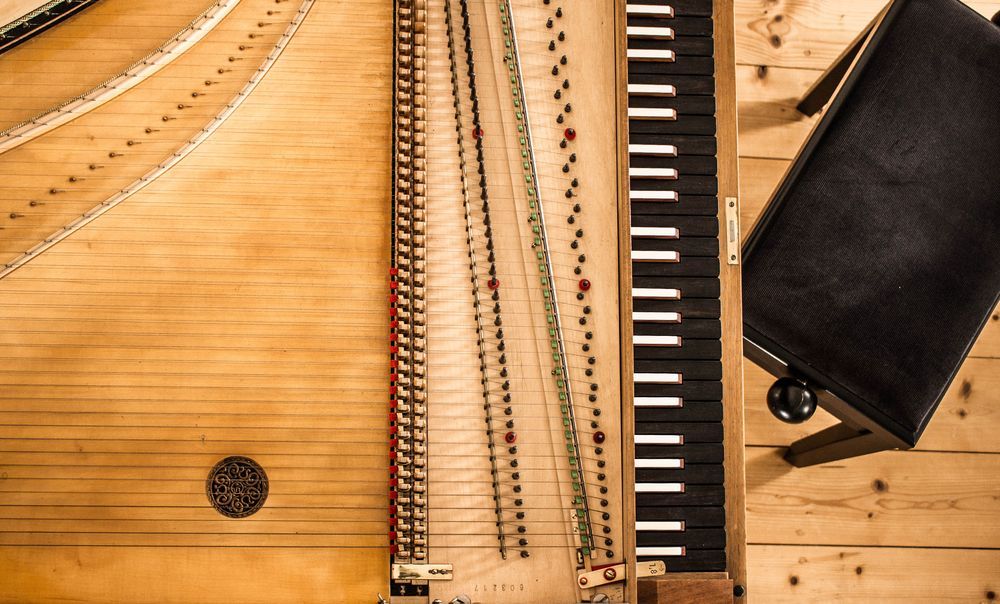
Cristofori made some small adjustments to this system that resulted in an instrument that sounded dramatically new, distinct, and different from the harpsichord. His biggest adjustment was changing the harpsichord string-plucking feature to a new system that used small hammers to strike each string.
The Power To Play Loudly And Softly
So, how does a piano work? By using an intricate system of tiny hammers designed to strike suspended strings. Cristofori also added a system of small dampening pads that could be controlled by foot pedals. Depending on how a person plays, a piano’s default volume is medium to loud, but the dampening pedal gives musicians an option for playing passages of music that are extremely soft and quiet. The dampening pads are always resting on the strings unless the piano’s sustain pedal is pressed down. This gives musicians the power to play notes is a long and connected manner.
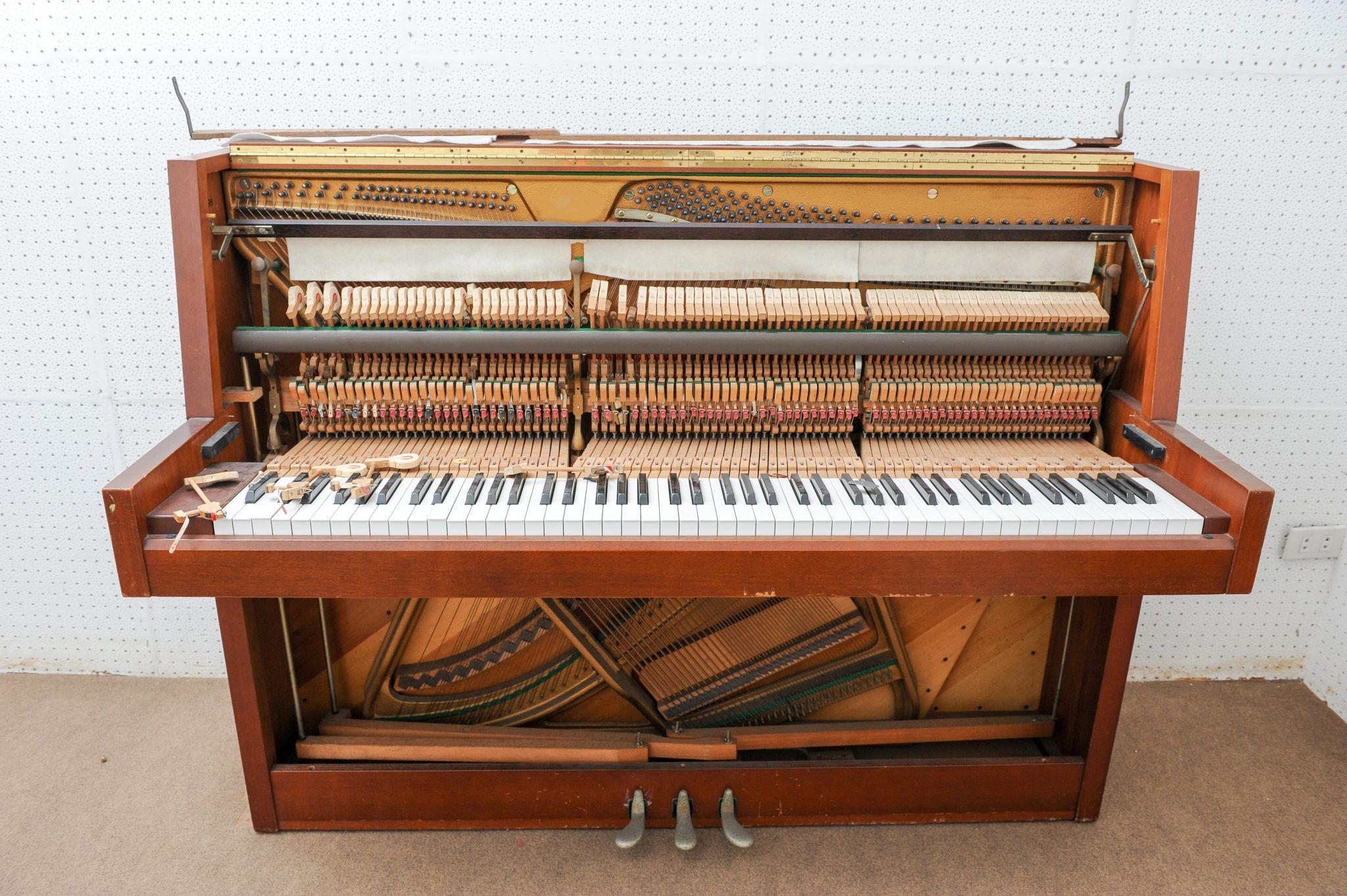
These adaptations might not seem that important, but they absolutely had a role in changing music forever. Musicians, composers, and performers have been creating interesting music on the piano since its invention, and the musical possibilities this instrument brings are practically endless. Now that you can answer “how does a piano work”, we recommend finding an experienced teacher to help show you how to master this incredible instrument. For more articles about the world of music, check out the Musika Lessons blog.

